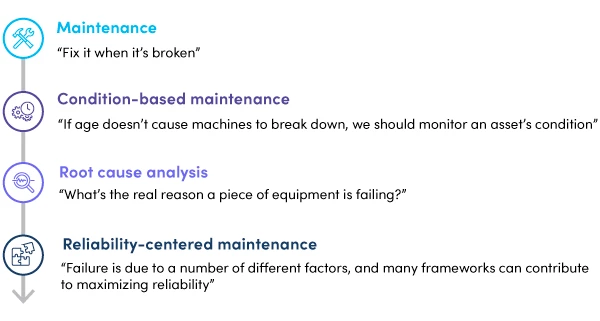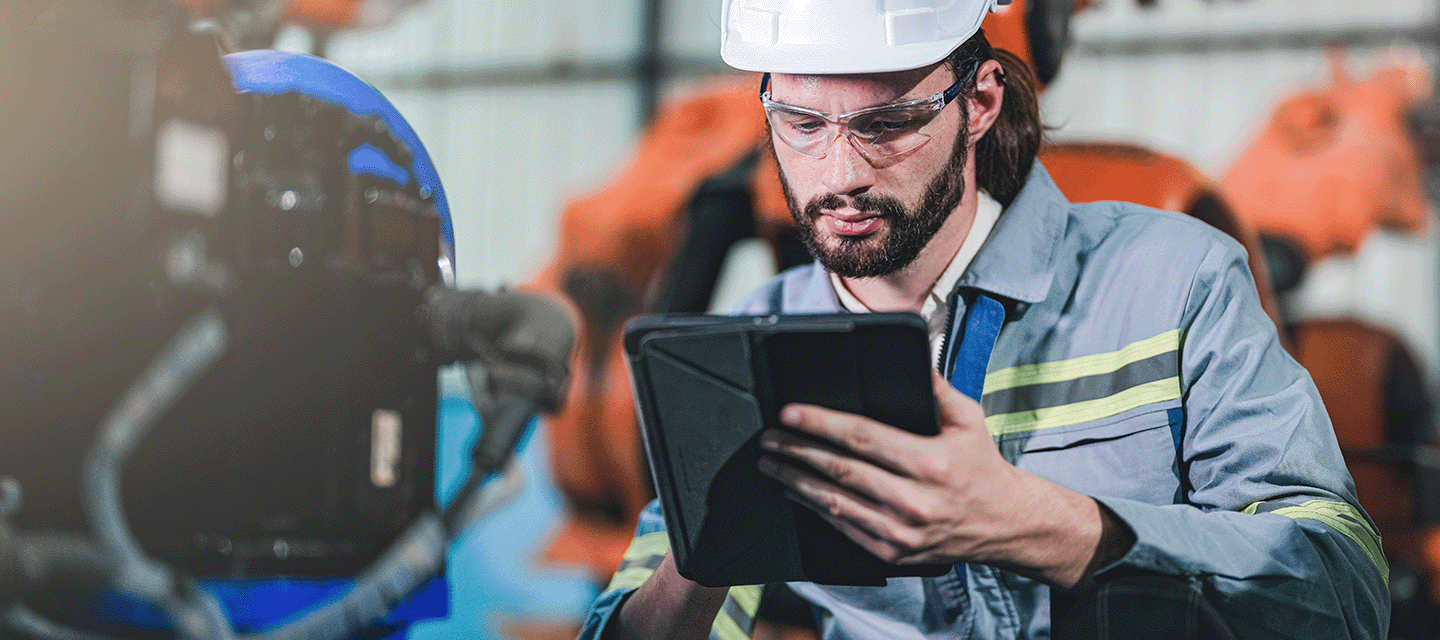We’ve discussed reliability culture in the past, and in this article we will explore reliability vs. availability and why it’s important to differentiate between reliability and other maintenance-related concepts.
To put it simply, if something is reliable, it does what it’s supposed to every time you use it. In maintenance, that means that the systems, equipment, and processes you use will work as intended for a given time and under specific conditions. The better things work, the less downtime you experience.
Reliability vs. availability
People often confuse reliability and availability or use the two terms interchangeably. Availability measures the operational ability of an asset, meaning the duration of time that a particular piece of equipment can perform its intended tasks.
Reliability is the dependability of equipment operating without disruptions or downtime. A piece of equipment is reliable when it avoids unplanned downtime. That same piece of equipment could be 80% available but still 100% reliable because that 20% downtime was planned to keep everything running smoothly.
The evolution of maintenance and reliability
Over time, experts have come to understand that design, operation, technology, and organizational culture all significantly impact reliability. Reliability and reliability culture encompasses so much more than maintenance, so our understanding of the two have come to mean completely different things.
According to studies, this concept can be traced back to the 1960s. Prior to this time, it was assumed that the longer a piece of equipment was running, the more likely it was to fail. But a study in the aviation industry revealed that only 11% of failures could be linked to an asset’s age. This brought about a huge change in the way people thought about equipment failure. If 89% of failures occurred for reasons other than the equipment simply being old, what were those reasons?
So began the idea of condition-based maintenance, wherein failures were linked to a change in the condition of an asset rather than its age. To carry out the analysis this concept required, root cause analysis had to be carried out to try to understand where the problem occurred that caused machinery to fail.

Reliability-centered maintenance
While condition-based maintenance introduced a new dimension to asset management, it was still only based on a machine’s current condition. In recent years, reliability-centered maintenance has gained popularity. This concept focuses on making maintenance decisions to maximize overall machine reliability over time. Since reliability takes everything from design to organizational culture into consideration, many different frameworks can be incorporated into a reliability-based maintenance approach.
Reliability-centered maintenance should not be considered an alternative to any one maintenance strategy. Rather, if carried out properly, a reliability-based approach will consider many methods, depending on what increases reliability for any asset.
Let’s take a car, for example. If you used a reliability-based approach to caring for it, you would use a time-based preventive maintenance schedule for an oil change, a condition-based approach for your tires, and a run-to-fail approach for light bulbs.
The bottom line
When all is said and done, reliability encompasses all the insight that’s been gained with regards to maintenance practices over the years. With advances in technology, productivity, design, and data processing capabilities, it only makes sense that our approach to asset management takes on a more holistic approach as we learn more. In other words, reliability is a concept that will keep us out of the dark if we think about it in the right way.
Enjoyed this article? Delve deeper into the topic of reliability, especially reliability culture, in this post. Explore how workforce engagement, leadership clarity, cross-department collaboration, and a well-configured CMMS drive best-in-class asset management organizations.








